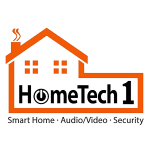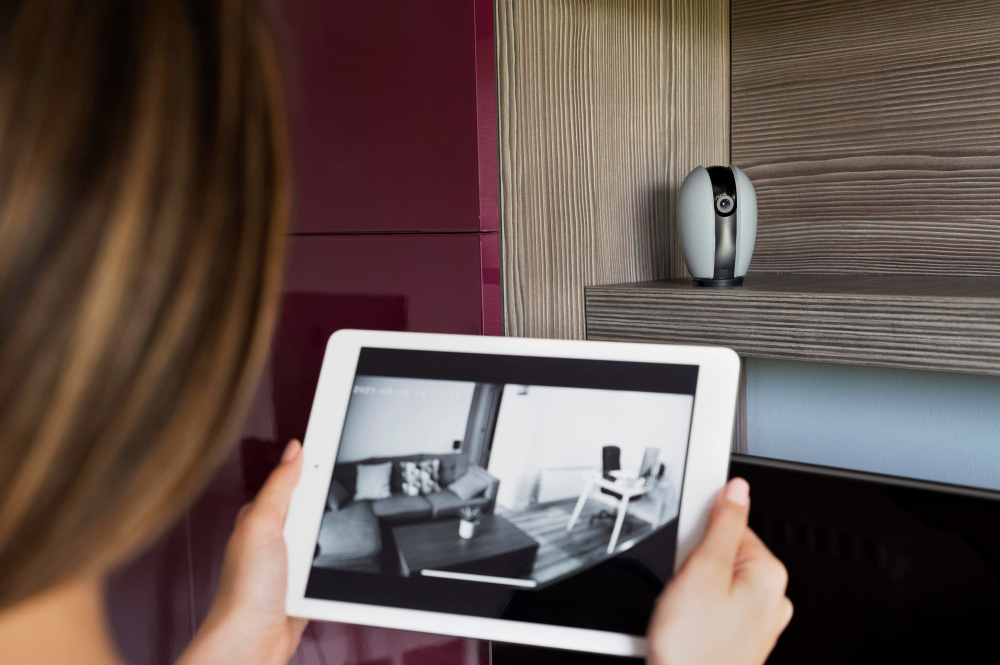Imagine waking up to the sound of your birds chirping. But wait… You do not have birds; where is that sound coming from then? That’s simply your smart house system gradually waking you by emulating nature. The blinds open automatically as you stretch to allow precisely the correct amount of sunlight in. Your house assistant is reading out the morning news as your coffee maker has already produced your preferred mix. This scenario—the future of home automation, in 2025—is not from a science fiction film.
Technology is developing fast; smart homes are becoming more energy-efficient, secure, and user-friendly. Whether you’re passionate about technology or just use it for convenience, these fascinating home automation developments should be awaited.
Hyper-Personalization with AI (But Not Too Much AI!)
Home automation is becoming smarter, but not in an impersonal, robotic way. Imagine coming home after an exhausting day and your home turns the lights on, sets the temperature, and plays music tailored specifically for your mood. This year, smart homes will use behavioral patterns to personalize every aspect of your space without becoming intrusive or making it uncomfortable.
Every night at 8:00, when it’s time to return home and unwind. Your smart home, knowing your preference, coffee, and a book, will dim the lights, play soft jazz music, and heat the kettle before your arrival into the kitchen. The focus will be on privacy and customization rather than AI decision-making alone.
More Sustainable Smart Homes
Going green isn’t a fad but essential. The home automation of 2025 will incorporate sustainability into its heart. Consider windows that alter tints based on the sun’s rays to lower cooling costs or showers that reuse water effectively.
Let’s take Mark and Lisa for instance. They put in a sophisticated sprinkler system in their backyard, which only watered plants when they needed it and based on live weather data. Their energy bills decreased, and their garden flourished. More homes are expected to adopt automation that reduces consumption while increasing efficiency.
Integrity Between Devices Is Guaranteed
Today’s smart home devices operate independently; your fridge may suggest recipes but doesn’t communicate with your oven directly. By the end of 2025, expect a more cohesive system in which all devices seamlessly communicate among themselves.
Imagine asking your home assistant to prepare dinner. It will check the refrigerator, suggest recipes, preheat the oven, and even adjust dining room lights accordingly – creating an effortless, hands-free experience that makes life simpler!
Creative Privacy and Home Security
Although home automation makes living easier, security is the first priority. Expect improved security systems using biometric authentication, real-time artificial intelligence threat detection, and possibly drone monitoring.
Meet Jake, a regular visitor. He receives an alert—someone is at his front door—while on a business trip away. His home security system employs facial recognition to verify it’s only a parcel delivery. The facial recognition system doesn’t detect a threat. Jake simply presses a button on his phone and unlocks a smart dropbox for the parcel, therefore ensuring safety without effort.
Another main emphasis will be privacy. Newer smart home systems will process data locally, maintaining personal information more securely than earlier models that transferred data to the cloud.
Voice and Gesture Control Take Over
We’re used to hearing, “Hey Alexa, turn the lights on.” The end of 2025 will take it one step further. Gesture control will be a common way of communicating in smart houses. Imagine using your fingers to dim the lights or simply using your hands to play your favorite show.
A couple who are elderly, Sarah and Tom, enjoy their smart home for this reason. By using a simple voice command, Tom can shut off the oven without going into the kitchen. Sarah suffers from arthritis. She motions with her hand to shut the curtains without needing to move. This kind of accessibility makes smart homes more accessible.
Integration of Health and Wellness
Smart homes are enhancing wellness and health. It’s not just about convenience anymore. Air purifiers will identify allergies and change settings accordingly. Smart beds will monitor sleep patterns and make recommendations for rest enhancement. Even smart mirrors will offer fitness ideas and skincare evaluations.
Laurel, a working mother, battles sleep deprivation. Her smart bed helps her sleep better by detecting her restlessness and making real-time mattress firmness adjustments. She wakes up more refreshed and energized every morning. More homes should concentrate on well-being using smart technologies.
Home Tech1: A Game Changer in Smart Living
One company that is making waves within the area of home automation can be found in HomeTech1. Their latest developments combine the latest in AI-driven personalization and security with top-quality and environmental sustainability. From smart lighting that adjusts to your preferences to sophisticated energy-saving options HomeTech1 is changing the way you live in your home. You can expect to see even more cutting-edge advancements from the company within the year 2025 and even beyond that.
Final Thoughts on The Smart Home Revolution
Home automation in 2025 promises to make life simpler, safer, and more sustainable. From hyper-personalized spaces to energy-saving innovations, our homes will become more intuitive and interconnected than ever.
At their core, these advances aren’t limited to tech enthusiasts; anyone from those looking to implement voice control to homeowners looking to automate their lifestyle will find something in these advancements that suits their needs.
So, are you prepared to join the smart home revolution? Automation may soon be at your door!


